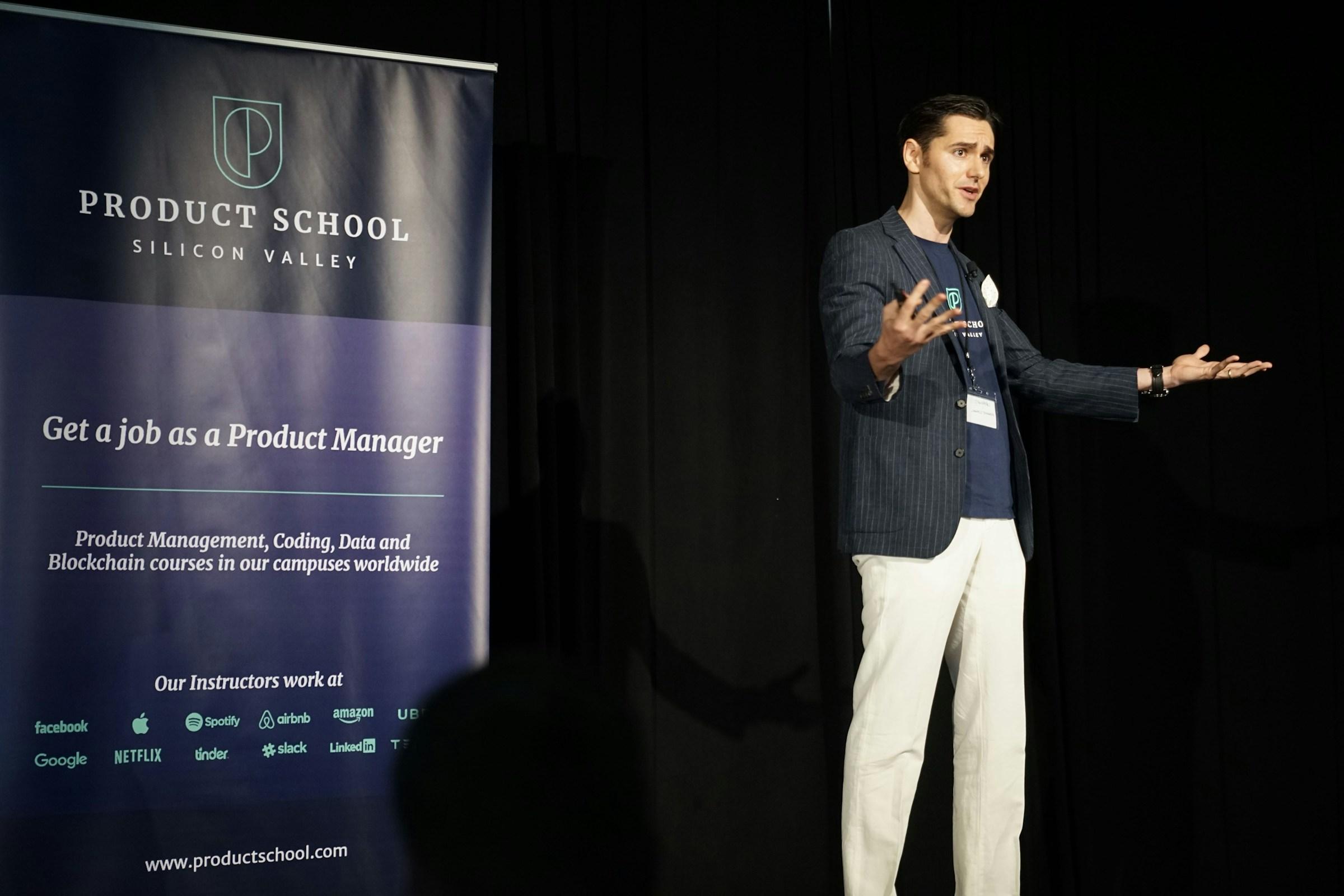A room often reveals its temperature through the pace of speech. When tension rises, voices speed up. People overlap. Sentences sprint to the finish without landing a clear point. The energy can feel high while the message becomes thin. I have watched strong founders in Kuala Lumpur, Singapore, and Riyadh lose their audience this way. Their minds were racing ahead of their words, and the room could not follow. The fix is simpler than most expect. Speak more slowly, and the air settles. People breathe. Ideas have space to arrive intact.
Many founders worry that a slower pace signals hesitation or a lack of preparation. The opposite is true. A measured cadence sounds like leadership under pressure. It shows that you can think while others rush. It shows that you have enough command of your material to let each idea stand on its own. Slowing down gives your brain a fraction more time to choose the next accurate sentence. It gives listeners the same gift. In tough rooms, what matters is not volume, but signal. A deliberate pace increases signal.
There is a cognitive reason this works. Working memory is limited. When information arrives faster than a person can process it, the mind catches fragments instead of ideas. That is when people ask you to repeat yourself. That is when side conversations erupt to fill gaps. When you slow your pace, you respect the bandwidth of the room. You reduce misunderstandings. You avoid defensive reactions triggered by confusion. You improve follow through after the meeting because the first message landed as intended.
Speaking slowly is not the same as speaking at length. Long answers often hide fuzzy thinking. Slow answers reveal structure. A measured pace helps you keep to one idea per sentence. One claim per breath begins to feel like leadership. People can write it down. People can repeat it later without mangling the point. A message that cannot be repeated cannot be executed. Slower speech creates language that travels.
In Southeast Asia, many teams work across languages. English may be the shared tongue, but many think and feel in a different language first. In a Malaysian or Singaporean corridor, you can hear three languages within a minute. When a leader rushes, they force translation to happen at an impossible speed. People who need a beat to process fall behind. Shame shows up as silence. A slower pace is an inclusive choice. It holds the door open so more voices can enter. If you want honest debate, you must make it safe for people to contribute without missing the moment.
Investors notice pace. Customers do as well. I remember a founder in the Gulf with a solid product who kept losing enterprise demos. He raced through features as if the buyer had only a few minutes left. He feared interruptions, and his speed taught the buyer to interrupt. When he slowed down, paused at natural checkpoints, and used short confirm questions, objections surfaced earlier. Deals moved faster. The counterintuitive truth appeared. Slower talk. Faster sales.
A slower pace also reduces what I call verbal debt. Verbal debt is the cost of statements you later have to correct. Fast talkers make premature promises. They think out loud, and those trial sentences walk into the world as commitments. You can avoid this trap. Pause before you give a date. Pause before you say yes. A three second silence can save three weeks of apology and repair.
Some founders say speed is their brand and that slowing down would dilute their energy. Energy and speed are not the same thing. Energy is engagement. You can be dynamic without rushing. Picture a good coach during a timeout. The voice is steady. The words are sharp. Nothing is wasted. The team leaves aligned and confident. That is energy with control. Your job is to create the conditions for speed after the meeting. A slower voice in the room can increase the speed of execution once everyone returns to their workstations.
Slower speech also improves your own thinking. When you hear your idea at a measured pace, you can spot gaps and leaps. A pause gives you time to upgrade a vague line into a specific one. Instead of saying we are close, you say we have two blockers, both in procurement, and we can remove one by Friday. The second sentence takes longer to form, but it shortens the decision cycle because others know where to help.
You might worry that a slow pace will sound robotic. That happens when people flatten their tone. Slow does not require monotone. Keep your natural range. Let key words carry weight. Shorten your sentences. Vary the length. End cleanly. All of this becomes easier when you stop sprinting.
Culture matters as well. In many Asian contexts, hierarchy makes people careful. If the leader speaks quickly, people hear finality. They hold back. The company then runs on the founder’s first draft. A slower cadence signals that the draft is open to improvement. You invite edits. You frame speed as a function of decision quality, not voice tempo.
If you want a simple practice, use your next one to one as a training ground. Begin with a short statement of context. Stop. Let your teammate respond. When they finish, count two breaths before you answer. This brief pause gives you time to choose the cleanest next sentence and gives them time to add a last point. You will see fewer follow up messages later because the first conversation reached clarity.
Media interviews, investor pitches, and town halls all benefit from a deliberate pace. In interviews, a slower cadence protects you from being misquoted. Journalists can take clean lines without slicing your thoughts into shapes you did not intend. In pitches, a slower pace allows investors to test your numbers in the room. If that makes you nervous, examine your numbers rather than your tempo. In town halls, a slower voice lowers the temperature when teams feel anxious about change. People do not remember every detail. They remember whether your tone gave them something solid to hold.
Founders often ask how slow is slow enough. There is no universal rate. The test is simple. A listener should be able to take notes in real time without falling behind. Watch faces. If brows pull together, you are moving too fast. If people lean forward and stay with you, you are in a good pocket. Another signal is your breathing. If you run out of air at the end of each sentence, you are chasing speed rather than clarity. Reset. Shorter sentences. Longer pauses at commas and full stops.
Some argue that pace is a matter of style, not substance. Style is the vehicle that carries substance to its destination. An insight that no one can follow is not leadership. It is performance. Your task is not to impress. Your task is to align. Speaking slowly is the least expensive alignment tool you have. No software required. No budget line needed. Only the choice to value signal over volume.
You do not need to wait for a board meeting to begin. Use voice notes. Record a two minute update. Listen back at normal speed. If you would not want to take notes from your own voice, adjust. Cut filler. Keep verbs active. Replace three clauses with one clear line. Record again. You will feel the difference quickly, and your team will notice even sooner.
If nerves are the problem, manage them in your body, not with extra words. Plant your feet. Drop your shoulders. Exhale longer than you inhale. Rest your hands on the table or keep them still at your sides. People read your posture before they hear your content. When your body slows, your voice follows. When your voice slows, your thinking sharpens. When your thinking sharpens, your decisions improve. The chain is simple and dependable.
I have never left a meeting wishing I had spoken faster. I have left meetings wishing I had given one idea more space. The leaders who win in difficult rooms are not the ones who flood the air. They are the ones who make things simple. Slowing down is not a trick. It is a form of respect. It respects the complexity of the work. It respects the people who will carry the work forward. It respects your future self who must live with the commitments you make today.
If you are reading this before a high stakes conversation, keep one sentence in your head. Speak slowly. Say it to yourself just before you begin. Then give your ideas the time they deserve. Your team will return the favor with better execution. Your investors will return the favor with fewer surprises. You will thank yourself when the meeting ends and you see that you did not need to sell so hard to be heard.
The benefits compound. Every clear meeting reduces the repair work that comes from confusion. Every clean sentence reduces the chance of a wrong turn. Every steady briefing builds a reputation for calm control that reappears under pressure. That reputation opens doors more reliably than rapid speech ever will. Speaking slowly is a small habit. The return on that habit is large. Start with the next sentence.














